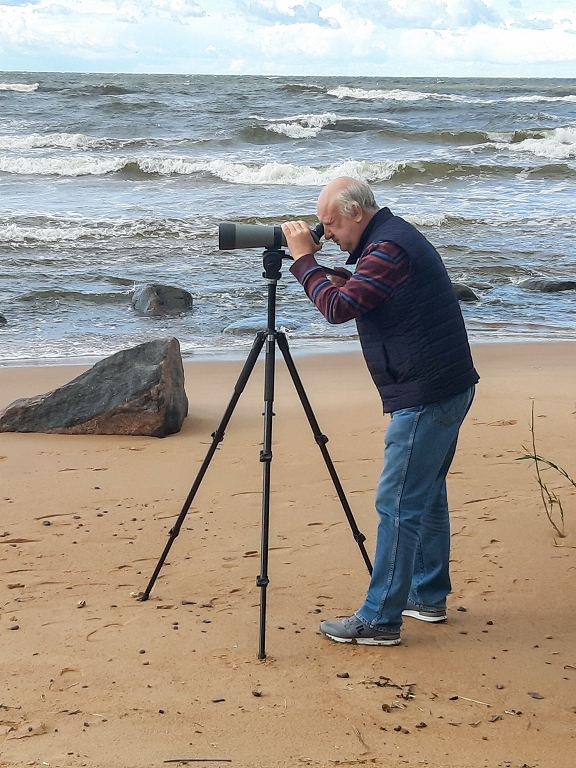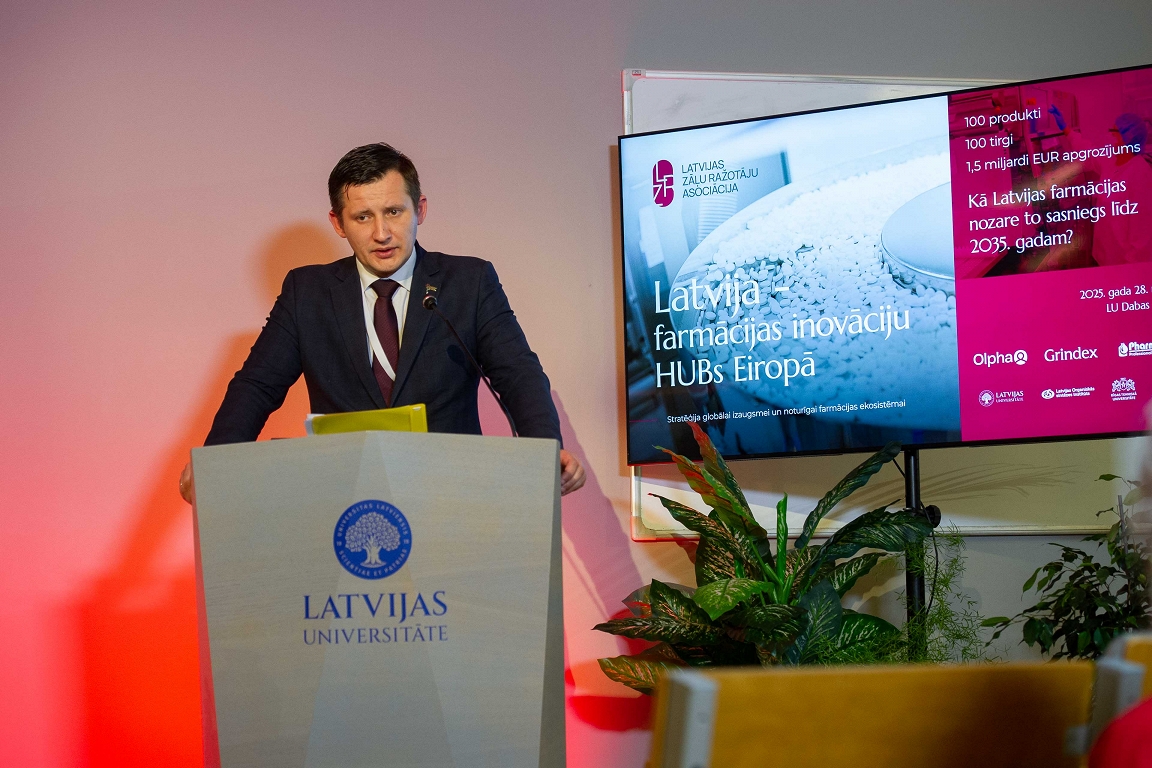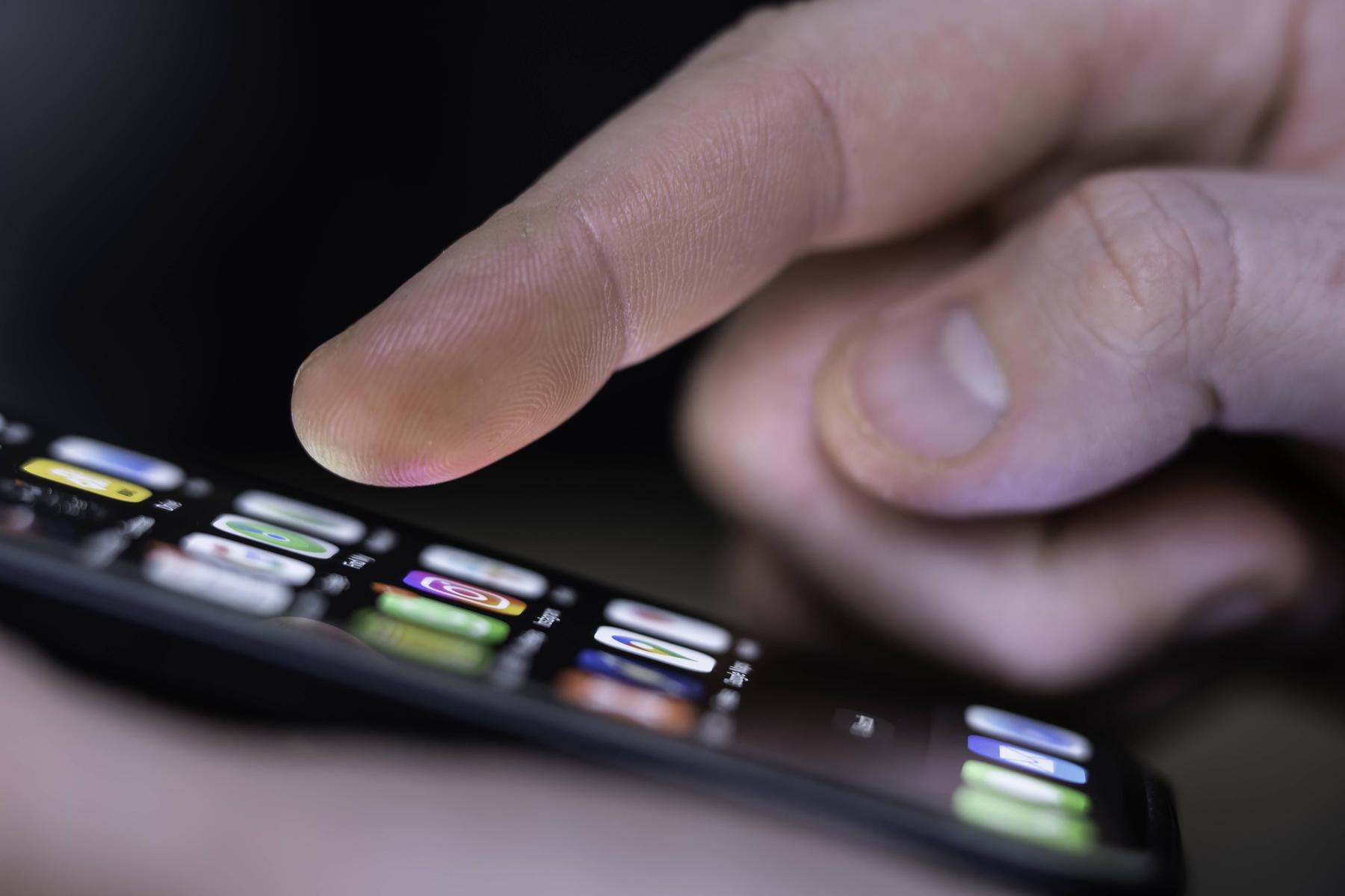Almost two million birds / day rings in Latvia

In the spring, when migratory birds return to Latvia, bird rings are getting to work. By ringing the winged creatures, scientists obtain information on the various issues of bird ecology and behavior needed to solve bird protection problems, For the day of nature Tells Ilmārs Bauga, Head of the Latvian Ringing Center.
Why do birds need to ring?
Bird ringing is one of the bird research methods. We mark the individual individual by giving him a number like a passport. Often, bird ringers are told that they are the Office of Citizenship and Migration Affairs for birds. Bird ringing is engaged in both scientists and amateurs who know birds well enough and are ready to invest their time and money in this activity. Once a year, they give the ringing center reports they have done, how much, what bird species are ringed, what was the age of the birds, the gender and the coordinates of the place where it was done. Later, when ringed birds are observed, this information is very useful.
The information we want to get by ringing the birds depends on the project. There are projects where birds are not only ringed, but they collect various morphological information, such as weight, measured wings, fat. The presence or absence of fat is well characterized by the condition of the bird. If the bird should migrate but he does not have enough fat, it indicates that he has stopped to accumulate some reserves or he has a forced stop because of bad weather. I remember that at the end of April 1988, there was a huge snow blanket for five days and no bird migration because they had to fight for survival. Also in the autumn, strong winds or prolonged rain occur when migration stops. Morphological data collection is usually done by professionals, less frequently amateurs. Bird ringing also provides information about the longevity of birds, which we cannot actually obtain by other methods. Ringing is the cheapest and most suitable method for studying bird life expectancy. Also the oldest, as the origins of this method are in 1899. So far, 1,970,000 birds are ringed.
How are birds obtained for ringing?
The most common thing is that the nest and ringed birds are found, as there is a clear population, age and we can determine whether there is the beginning of the hatching season, the middle or the end. It is important to know this because, for example, the ecological research of the duck population has shown that ducks that have hatched at the beginning of the season are better survival than those at the end of the season. With different wickets, traps catch birds, such as pupils, including at feeders. In this way, many young people start to pass through bird ringing. This is often the case in the circles of nature watchers. For example, in the 1980s, a zoological class was held under the guidance of Gunars Petersons in Jelgava. Since then, many good bird connoisseurs have grown. Young people who are still amateurs become large assistants for scientists in various bird monitoring studies.
In the 1970s, the first special networks of birds appeared. I remember making my first network from fishermen’s networks. Nowadays you can buy a variety of bird catching nets, you don’t have to make yourself. Many birds ring while using several nets as much as they can.
What rings are put on birds?
Initially, the rings were made of aluminum because it was a lightweight and soft material, but problems with gulls, ducks and other waterfowl appeared. For the ring to serve these birds throughout their lives, it turned out to be soft and quickly worn. Not us, but in the Western countries, such birds use steel rings that are harder, not so fast, and the information written to them can be read much easier. There are also colored rings made of special plastic. They are greater and can be written in higher letters, which then make it easier to read. If we hold the bird in hand, the information on the metal ring can be read, but otherwise it is difficult to do it from a long distance, although nowadays there is a good photo and optical technique.
Color rings at European level, some bird species are also coordinated at the global level, so that the letters, by color, understand which country it belongs to. Color rings, such as swans, geese also put on the neck, because when the birds walk in rape or winter fields, the symbols on the ring on the leg cannot be read, but if it is placed on the neck, it is quite different. Since the 1970s, when these color rings began to be put in, the amount of information collected has increased tenfold.
Do the birds bother the birds?
It is just as good to say that every thing can be disturbed. People can also disturb wedding rings, but we wear them. There are birds that put the ring, they fly into the tree, lower you and fly further, while others try to get rid of it again.
Who is allowed to ring birds in Latvia?
We have about 60 active bird ringers. This number is slightly different every year. In order to ring the birds, you need to know the bird species, go to the Latvian ringing center, where the interview and the test result in permission to do it. It’s not that anyone who wants it can catch wild birds and ring. There must be knowledge and certain skills. Authorization from the Nature Conservation Agency should also be obtained. The rings themselves are also strictly regulated.
The bird ring can become from the age of 14. Initially, most young people undergo training under the guidance of experienced ornithologists before going on a certificate.
On the eastern side of Latvia, bird watchers from Ukraine had photographed a river tilbite. Small birds, it had a Swedish ring. One might think that this Tilbite had come from Sweden, but it turned out that Swedish researchers were ringing this bird during an expedition in Africa, Ghana. Bird ringing and watching many can become a great hobby that gives interesting observations.








